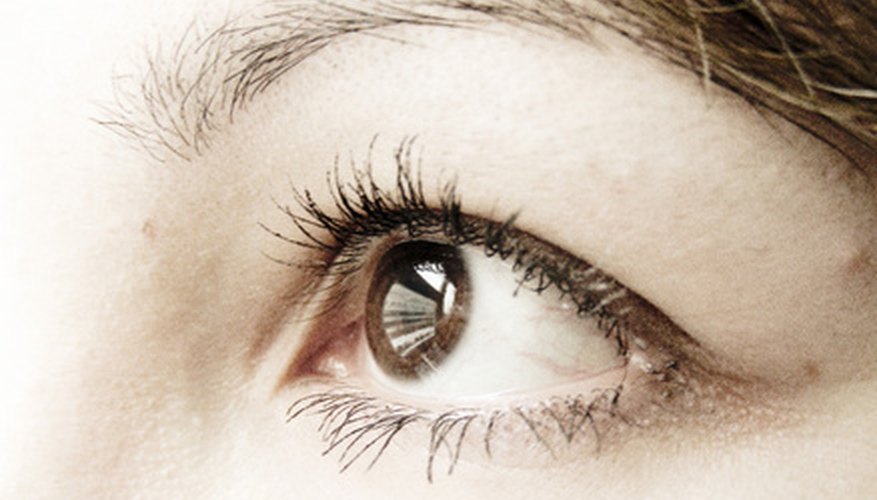Those annoying, unsightly bumps that appear at the base of your eyelashes are comedones. Comedones form when a widened hair follicle fills with a mixture of skin debris, bacteria and oils known as sebum. There are two primary types of comedones, both of which are preventable and treatable.
Two Types of Eyelash Comedones
The two types of comedones are open and closed comedones.
Closed comedones are commonly referred to as "whiteheads" and appear as small, white, pimple-like bumps at the base of your eyelashes or eyelids. Whiteheads are deep pimples that can develop over time into cysts. Closed comedones are the most prevalent form of eyelash comedo. They form from an obstruction to the skin pore, under which an infection occurs. The skin closes over the infection, creating a noticeable small, white bulge on the eyelash base.
- The two types of comedones are open and closed comedones.
- Closed comedones are commonly referred to as "whiteheads" and appear as small, white, pimple-like bumps at the base of your eyelashes or eyelids.
Open comedones are known as "blackheads." Blackheads appear when oil breaks through the pore and oxidises, turning dark in the process. This blackened sebaceous oil, along with dark-coloured skin debris, can cover an open eyelash follicle, creating an unattractive blemish with a black-coloured tip.
The Differences Between Eyelash Comodones, Styes and Blepharitis
A comedo in your eyelashes may appear similar to a sty or blepharitis. Styes are characterised by redness, watery eyes, itching and eye pain. Sometimes a dark pink bump appears on the eyelash base. In some cases, the infected eye develops a sensitivity to light. There are several causes of styes, including eye infection. Stress contributes to the development of styes, and often they appear as a result of a condition called blepharitis.
Blepharitis is a chronic condition that manifests as flakiness and redness around the eye. Primarily caused by microscopic lice, contaminated eye make-up, or lack of proper hygiene, there is no known cure for blepharitis. However, this condition can be controlled through antibiotics.
- A comedo in your eyelashes may appear similar to a sty or blepharitis.
- Primarily caused by microscopic lice, contaminated eye make-up, or lack of proper hygiene, there is no known cure for blepharitis.
Unlike blepharitis and styes, eyelash comedones, although often irritating, are generally not painful, and are rarely anything more than common "pimples" that emerge on the eyelash base.
Preventing Eyelash Comedones
Prevention is the best way to deal with eyelash comedones. There are several ways to help ensure you do not contract blackheads or whiteheads on the base of your eyelashes.
- Prevention is the best way to deal with eyelash comedones.
- There are several ways to help ensure you do not contract blackheads or whiteheads on the base of your eyelashes.
Clean your face daily with a non-drying soap, taking care not to get soap in your eyes.
Do not borrow anyone else's eye make-up, and never allow anyone to borrow yours.
Replace your mascara and eyeliner often.
Do not touch your eye make-up with your fingers. Use only a clean applicator designated for the sole purpose of applying your eye make-up.
Remove your eye make-up and clean your face every night before retiring.
Important Consideration
When a comedone appears on your eyelash base, or anywhere near your eyes, always consult a licensed dermatologist for removal. Attempting by yourself to remove any kind of blemish or pimple near your eyes can result in scarring or other damage to delicate eyelids, and may even permanently injure your eyes.
